#melaninmoodboard
Text





Over it
https://www.instagram.com/mayamichlle_/
#blackout#lovelyandbrown#mayamichelle#blackfashion#afrodesiacworldwide#melaninpoppin#blackbeauties#afrocentric#blackgirlsrock#darkandlovely#explorepage#explore#blackwomen#boxbraids#melaninmoodboard#losangeles#black models
6K notes
·
View notes
Text

#melaninmoodboards#blackgirlmagick#melaninmoodboard#blackgirlmagic#melanin#glamorous#glamour#red velvet#red aesthetic#red and gold#black vampires#vampire aesthetic#black women
27 notes
·
View notes
Text

Archive.
#mayamichelle#blackout#lovelyandbrown#blackfashion#afrodesiacworldwide#melaninpoppin#blackbeauties#afrocentric#blackgirlsrock#darkandlovely#darkskin#melaninqueen#melaninmoodboard#blacklove#godlenhour#boxbraids#protectivestyles#explorepage#explore
301 notes
·
View notes
Text

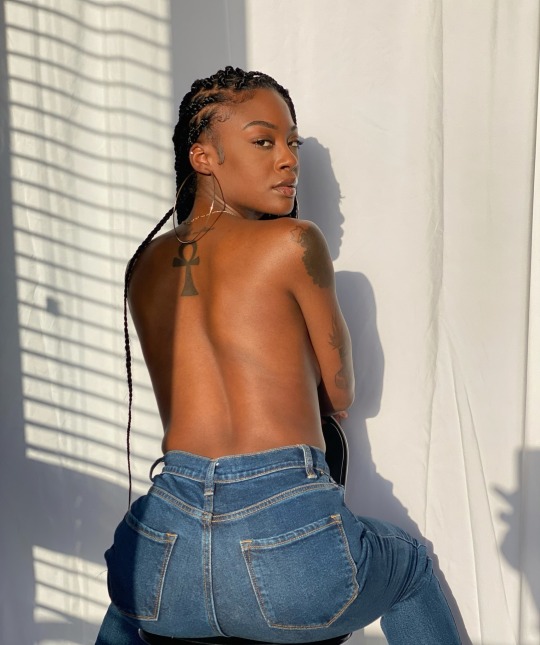
Ig: https://www.instagram.com/mayamichlle_/
#mayamichelle#blackout#lovelyandbrown#blackfashion#afrodesiacworldwide#melaninpoppin#blackbeauties#afrocentric#blackgirlsrock#darkandlovely#goldenhour#darkskinappreciationday#darkskinmodels#explorepage#explore#melaninmoodboard#sunkissed#boxbraids#protectivestyles#bombblackgirls
276 notes
·
View notes
Text

IG: https://www.instagram.com/mayamichlle_/
Shot by Kaitlyn Kohn
#mayamichelle#blackout#lovelyandbrown#blackfashion#afrodesiacworldwide#melaninpoppin#blackbeauties#afrocentric#blackgirlsrock#darkandlovely#darkskinmodels#moodboard#melaninmoodboard#melaningoddess#darkskinblackbeauty#goldaesthetic#goldenglow#goldaccents#brownskinpoppin#boxbraids#explore#explorepage
213 notes
·
View notes
Text
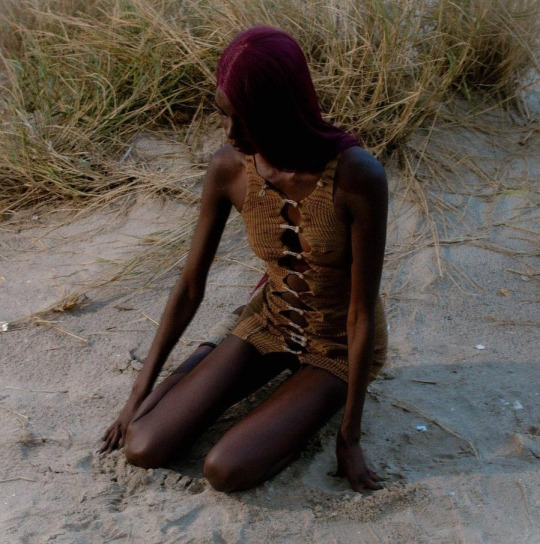
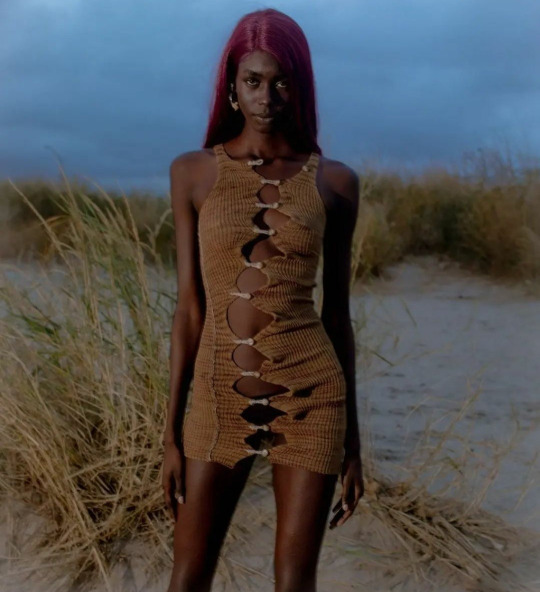
7 notes
·
View notes
Text
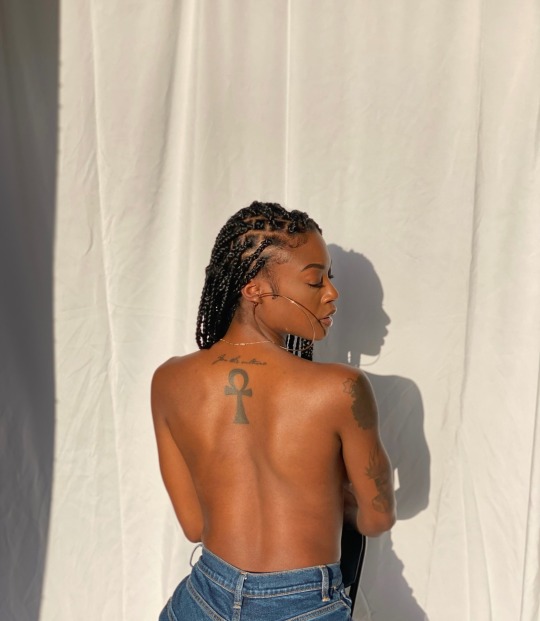
Ig: https://www.instagram.com/mayamichlle_/
#mayamichelle#blackout#lovelyandbrown#blackfashion#afrodesiacworldwide#melaninpoppin#blackbeauties#afrocentric#blackgirlsrock#darkandlovely#explorepage#explore#protectivestyles#boxbraids#darkskinmodels#darkskinblackbeauty#melaninqueen#melaninmoodboard#muse
38 notes
·
View notes
Text

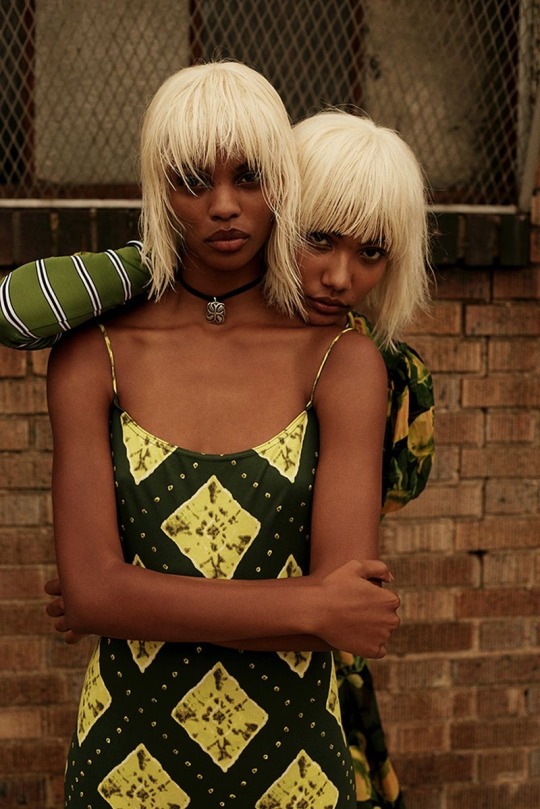







12 notes
·
View notes
Text


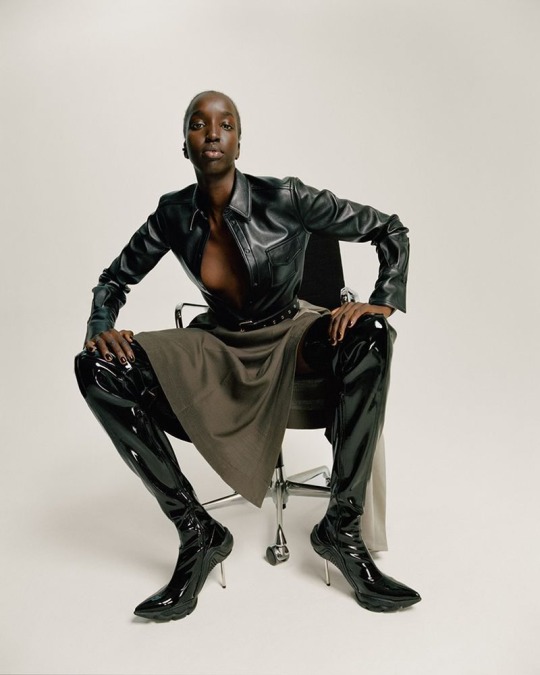
3 notes
·
View notes
Text


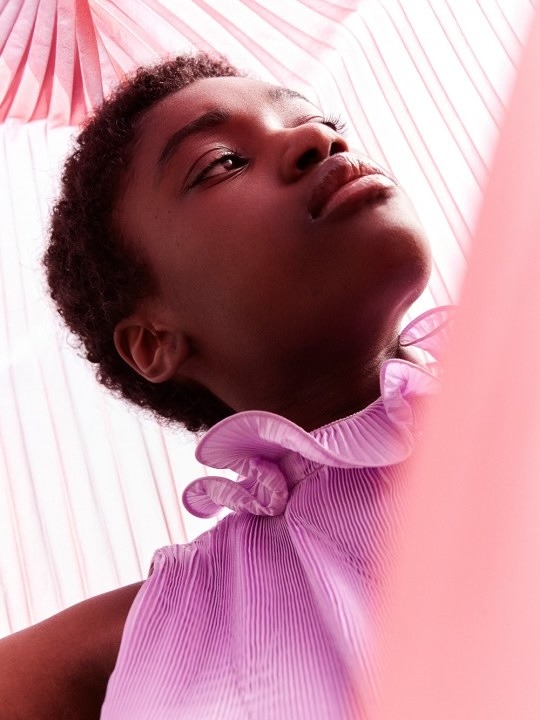
2 notes
·
View notes
Text

Let Black Women Be Soft
#melaninmoodboards#blackgirlmagick#melaninmoodboard#blackgirlmagic#melanin#melanin mood board#moodboard#black pastel#pastel#pink#soft pink#soft moodboard#not my images
537 notes
·
View notes
Text



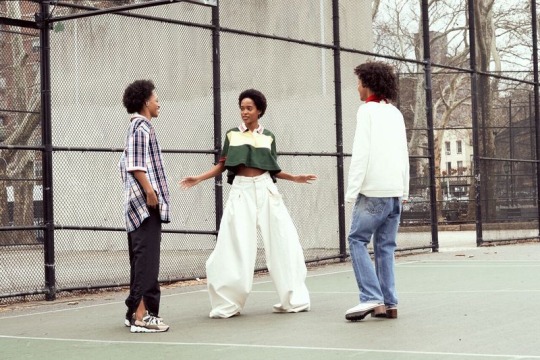
2 notes
·
View notes
Text

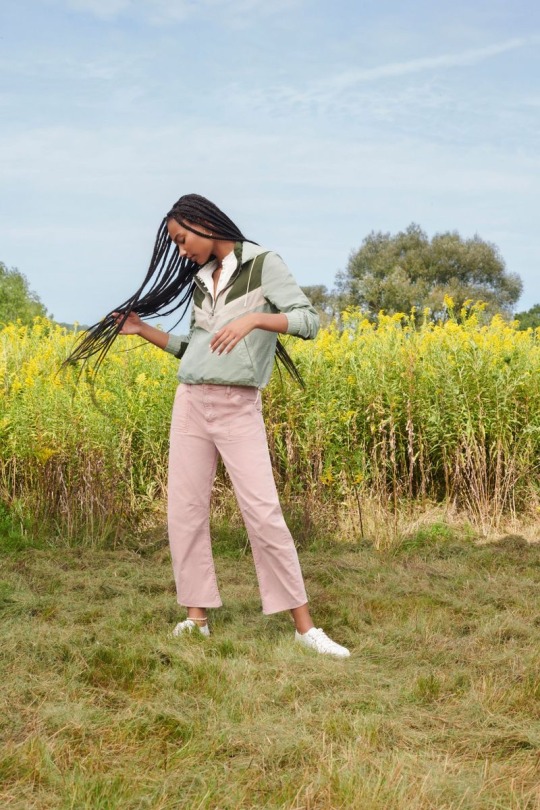

1 note
·
View note
Text
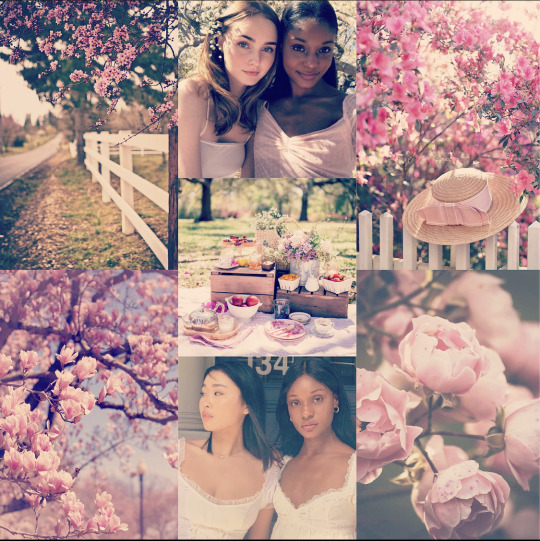
#melaninmoodboards#blackgirlmagick#melaninmoodboard#blackgirlmagic#melanin#black pastel#pastel pink#cottage core#summercore#picnic#romantic#romancecore#soft pink#pink
15 notes
·
View notes
Text

Gullah Geechee: After the Civil War, former slaves across the South left the region to escape white terrorism. But along the Carolina coast, many remained. They claimed land from abandoned plantations, opened businesses during Reconstruction and, as Jim Crow laws took hold, increasingly isolated themselves in communities along the coastal corridor, especially on sea islands where their descendants settled for generations. They farmed collards, lettuce, tomatoes and butter peas; fished for oysters, shrimp and sea bass; and raised hogs and chickens. Their relative isolation from white society left intact much of the traditional culture that had developed during slavery and harks back to African and Caribbean roots.
Gullah communities built wooden one-room praise houses to worship with energetic singing and shouts. Many painted their shutters and porches a shade known as 'haint' blue to ward off angry dead spirits. The Gullah culture can be seen in the sweet-grass baskets some still weave on the sidewalks of Charleston or in the creativity and adaptability of Gullah soul food that incorporates the ingredients available to cooks during slavery — rice, seafood, sweet potatoes, grits, local vegetables and basic spices. More than anything else, Gullah people share a distinct dialect, a creole language that has similarities to some West African languages melded with English to create a quick-paced, easily flowing language.
#melaninmoodboards#blackgirlmagick#melaninmoodboard#blackgirlmagic#melanin#melanin mood board#moodboard#afrowitch#blackboyjoy#haint blue#haints#gullahgeechee#gullah#southern aesthetics#african american culture#cobalt#cobalt blue bottles#bottle tree#bottle trees
55 notes
·
View notes
